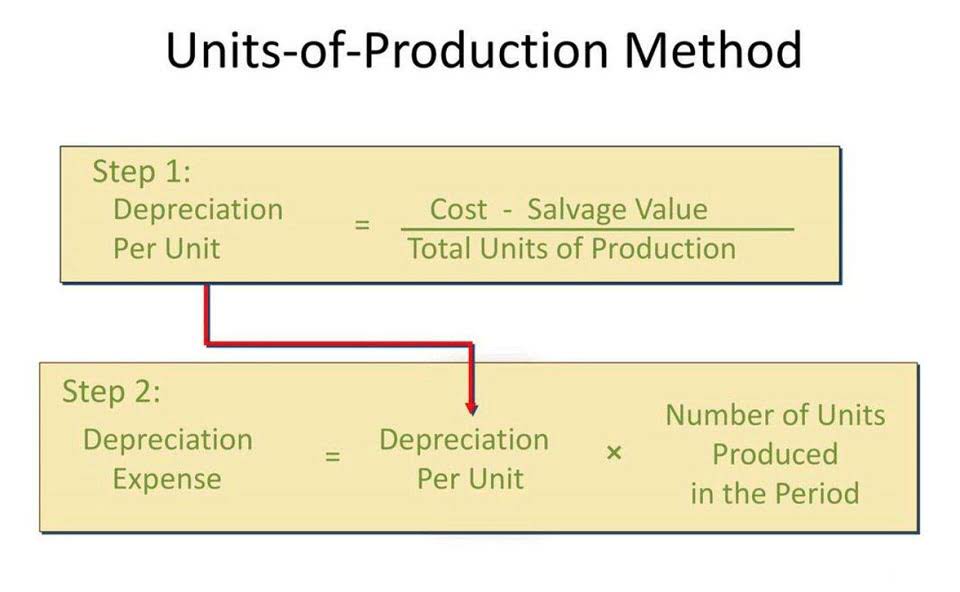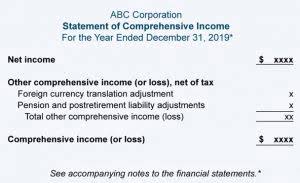Statement of Retained Earnings: What It is and Example
6 octubre 2022
The treatment of retained earnings in a merger or acquisition depends on the nature of the transaction. In a stock purchase, the retained earnings of the acquired company typically remain with the entity and become part of the acquirer’s consolidated financial statements. In an asset purchase, however, the retained earnings may not directly transfer to the buyer, as the transaction is focused on individual assets rather than the company as a whole. The significance of retained earnings extends beyond mere numbers; it encapsulates a narrative of a business’s resilience and strategic financial decisions over time.
Example 5: Adjusting for Depreciation Expense
Retained earnings is an equity account, and like most other equity accounts, it increases with credit entries and decreases with debit entries. That part of the accounting system which contains the balance sheet and income statement accounts used for recording transactions. Retained earnings provide you with insight into your cumulative net earnings. But several financial statements need to be prepared to calculate retained earnings. One of them is the income statement, and you’ll need to process expenses to put this statement together. Retained earnings, on the other hand, represent the accumulated net income over multiple accounting periods that have not been paid out as dividends.
Revenue vs. net profit vs. retained earnings
The goal is to make the posted balance of the retained earnings account match what we reported on the statement of retained earnings and start the next period with a zero balance for all temporary accounts. Retained earnings are part of the equity section on a company’s balance sheet. They represent the cumulative net income that a company has chosen to keep and reinvest in its operations, rather than distributing it as dividends to shareholders. This cumulative amount reflects the company’s historical profitability and its strategy for growth. Beyond the balance sheet, the statement of retained earnings (or statement of changes in equity) provides a detailed reconciliation of the retained earnings balance over a period. It then adds net income (or subtracts net loss) for the current period and subtracts any dividends.
Is Retained Earnings Debit or Credit?

Retained earnings represent the cumulative net income held within the company, rather than paid as dividends. These accumulated profits serve as capital, funding future growth, debt repayment, or new projects without external financing. Understanding this component is important for assessing a business’s financial health and expansion capacity. Conversely, a net loss occurs when a company’s expenses exceed its revenues during an accounting period. A net loss diminishes the company’s accumulated profits and reduces its equity.

Distribution of dividends to shareholders can be in the form of cash or stock. Cash dividends represent a cash outflow and are recorded as reductions in the cash account. These reduce the size of a company’s balance sheet and asset value as the company no longer owns part of its liquid assets. Retained Earnings are reported on the balance sheet under the shareholder’s equity section at the end of each https://enhancelivingoptions.com.au/2021/12/29/bookkeeping-services-in-atlanta-for-small/ accounting period.
In it I use the accounting equation (which is also the format of the balance sheet) to provide the reasoning why accountants credit revenue accounts and debit expense accounts. While negative retained earnings can be a warning sign regarding a company’s financial health, an company’s retained earnings can also be negative for a company with a long history of profitability. It simply means that the company has does retained earnings have a credit balance paid out more to its shareholders than it has reported in profits.

Revenue, net profit, and retained earnings are terms frequently used on a company’s balance sheet, but it’s important to understand their differences. When a company pays dividends to its shareholders, it reduces its retained earnings by the amount of dividends paid. Gain a clear understanding of how retained earnings, a vital equity account, changes through standard financial accounting entries. Discover its normal balance and how company profits and distributions impact it. For reference, the chart below sets out the type, side of the accounting equation (AE), and the normal balance of some typical accounts found within a small business bookkeeping system. Retained earnings variance analysis involves examining the differences between projected and actual retained earnings over a period.
- Debit simply means on the left side of the equation, whereas credit means on the right hand side of the equation as summarized in the table below.
- The primary factor that increases retained earnings is a company’s net income, which is the profit remaining after all expenses have been deducted from revenues for a specific accounting period.
- Negative retained earnings can arise for a profitable company if it distributes dividends that are, in aggregate, greater than the total amount of its earnings since the foundation of the company.
- Retained earnings represents the cumulative earnings of a company that have been retained (i.e., not distributed to shareholders in the form of dividends) to reinvest in the business or pay off debt.
- Found on the company’s balance sheet, the retained earnings account reflects the cumulative total of net income minus dividends.
The retained earnings are reported on the company’s balance sheet under its stockholder’s equity section. This amount is usually held in a reserve by the company and could be used to increase the company’s asset base or reduce some of its liabilities. A company’s net income is the amount remaining from its revenue after it has deducted its operational expenses and made dividend payments. Thus, the leftover amount that the company was able to generate within the accounting period in view is usually transferred to the retained earnings account. Year-end closing entries are critical in accounting because they ensure that all temporary accounts (revenues, expenses, profits, and losses) are closed to retained earnings or owner’s equity accounts.

Are retained earnings a debit or credit?
A stable or increasing dividend payout can be indicative of a company’s consistent performance and confidence in its future cash flows. Retained earnings are the cumulative net earnings or profits a company keeps after paying dividends to shareholders. Dividends are the last financial obligations paid by a company during a Record Keeping for Small Business period. Retained earnings are a company’s cumulative earnings since its inception after the subtraction of the cumulative amount that has been paid out as dividends to shareholders. Hence retained earnings are the company’s past earnings that have been kept by the company instead of being distributed to shareholders as dividends.

